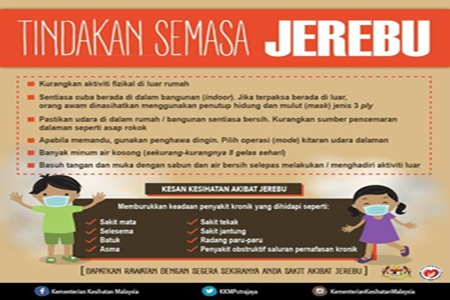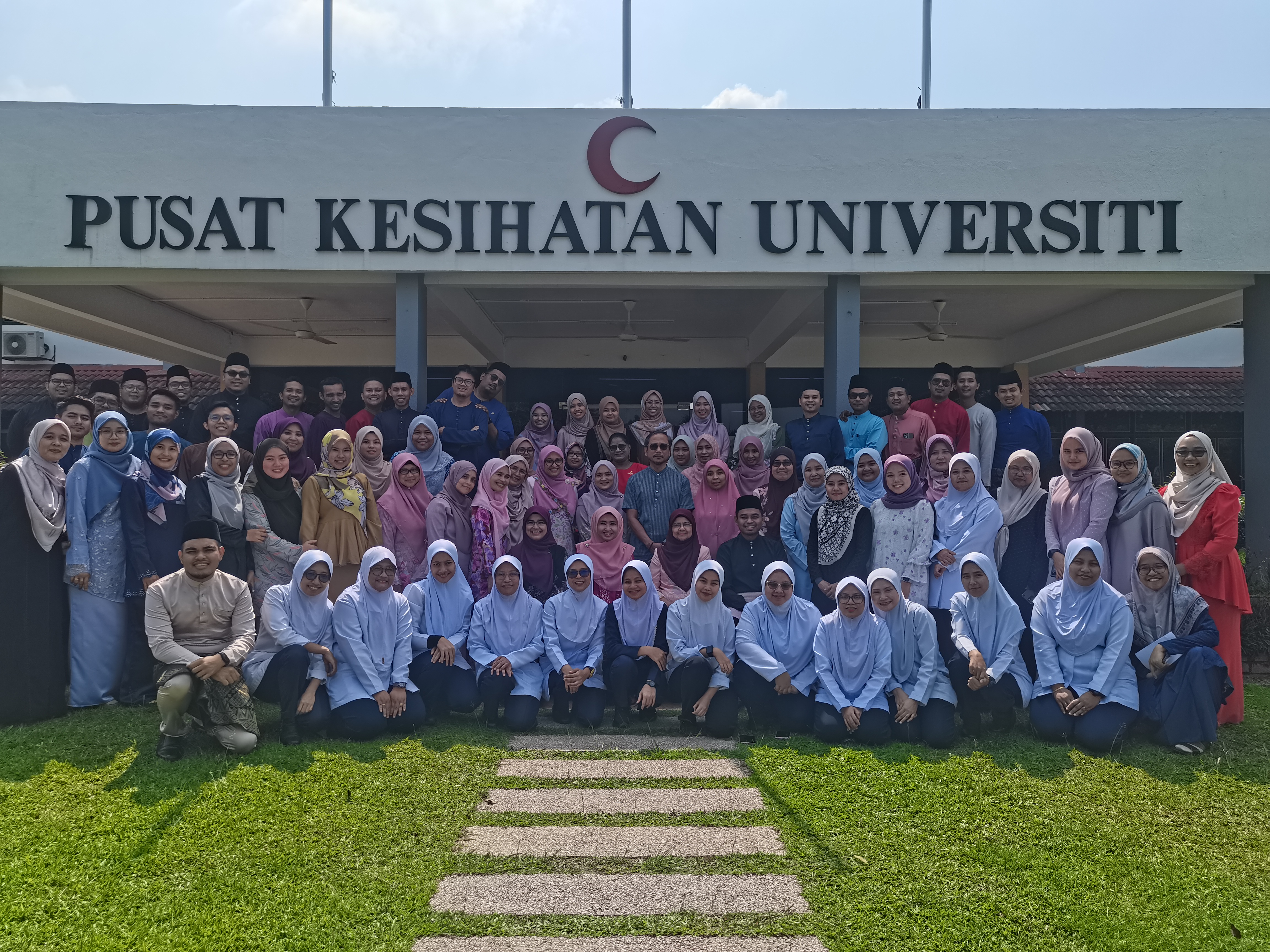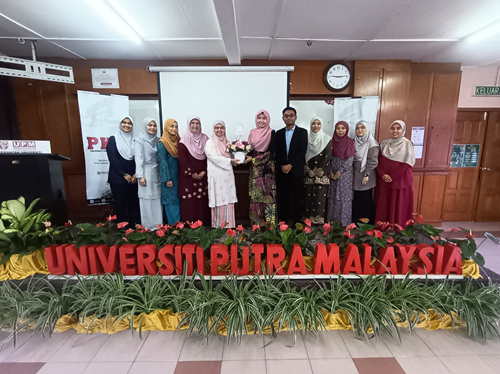
MINISTRY OF HEALTH,
MALAYSIA HEALTH ADVISORY FOR WORKPLACES DURING HAZE
Haze is a situation where there is pollution to the air by suspended particulate matter. The various determinants of air pollution are, Sulphur Dioxide, Nitrogen Dioxide, Ozone, Carbon Monoxide and PM10. The fine particulate matter or PM10 (particulate of size 10 micron and below) is the main concern as it may lead to adverse health conditions.
Haze is caused when sunlight encounters tiny pollution particles in the air. Some light is absorbed by particles while other light is scattered away before it reaches an observer. The more the pollutants, the more the absorption and scattering of light, which reduces the clarity and color of what we see. Air quality is determined by the Air Pollutant Index which is measured by the Department of Environment, Ministry of Natural Resources and Environment.
The Occupational Safety and Health Act 1994, stipulates that it is the responsibility of the employer to ensure the safety, health and welfare of the employee. The employer is thus responsible to ensure that preventive measures are taken for employees who are performing their tasks during the haze.
Health Effects of Haze Exposure to haze may cause a variety of adverse health effects. The small particles that cause haze are composed of microscopic solids or liquid droplets that are so small that they can get deep into the lungs and cause serious health problems. When inhaled, they can enter the bloodstream and get absorbed by underlying tissue, potentially interacting with other compounds and substances in the body, for example ‘bad’ cholesterol, to produce damaging effects such as inflammation.
Short-term adverse effects of exposure to haze:
• Eye irritation, watering eyes, and/or conjunctivitis (a type of eye inflammation)
• Running nose, stuffy nose, sneezing, and/or post-nasal drip
• Throat irritation, dry throat, sore throat and/or coughing, phlegm
• Headache, dizziness, fatigue and/or stress
• Decreased lung function, depressed respiratory immune defences, chest tightness, chest pain, shortness of breath, bronchitis (lung inflammation)
These symptoms are usually mild and will subside if exposure to haze is limited by staying indoors. However, in susceptible individuals (e.g. diabetics, elderly) and those suffering from chronic disease, especially respiratory and heart disease (e.g. coronary artery disease, asthma and chronic obstructive pulmonary disease), their condition may be worsened by haze and are more likely to experience more severe haze-related effects than healthy people.
Long-term effects of exposure to hazeA large number of particles in a haze are below 2.5 micrometers in diameter. Therefore these ultra small particles stay in the air longer and are easily carried over long distances, increasing their chances of being inhaled by animals and humans.
The long-term risks associated with exposure to fine particles:
• Faster rate of thickening of the arteries compared to others, promoting the development of vascular diseases.
• Increases the risk of death by cardiovascular disease and reduces life expectancy by several months to a few years
• May contribute to the development of diabetes
• Spontaneous abortion, under-weight infants, birth defects and infant death.
Measures to be taken by the workplace General Measures at the WorkplaceMinimize outdoor activities.
Identify outdoor work that may be reduced. Ensure the use of respirator for those with prolonged exposure. Those suffering from chronic illnesses, especially heart and respiratory diseases, should remain indoors.
Close all windows, doors and any openings that may allow haze to enter the workplace.Turn on the air conditioner if available. Ensure adequate ventilation in the closed room.
Ensure maintenance of the air conditioner with regular cleaning and servicing.
Fine particles can enter an air-conditioned building through the fresh air intake and by infiltration through openings and gaps.
Use an air purifier to keep the particulate levels low. An air purifier or air cleaning devices may be used to reduce the amount of air contaminants that may be circulating in the building.
Provide health education regarding Haze to the employeesProvide respirators for employees who have to work outdoors Ensure there is sufficient supply of respirators for employees who have to work outdoors
Conduct Fit TestingFit testing should be conducted for employees who need to use respirators
Reassignment of job tasksSusceptible employees should be reassigned to indoor tasks until the level of pollution is healthy
General Measures for the Workers Inform the management if you are suffering from any heart or respiratory diseasesTake your medication regularly if suffering from an existing disease, especially heart disease and respiratory diseases. Drink more water and increase the intake of fresh fruits and vegetables. This helps the body to flush out toxins absorbed through the skin and lungs, and improve the immune system.
Cut down on alcohol and coffee
These promote fluid and nutrient loss from the body.
Avoid smoking Wear a respirator when you go outside Personal ProtectionA respirator is a protective device worn covering the nose and mouth and is used to reduce the wearer’s risk of inhaling hazardous airborne particles. The respirator filters small airborne particle which cause haze. The N95 respirator may be used to prevent exposure to the haze. (Refer Usage of Personal Protection During Haze at www.moh.gov.my)
Guidelines on Action to be Taken at The Workplace
| 0-50 |
Good |
- Prepare for any possibility of air pollution
|
| 51-100 |
Moderate |
- Identify outdoor activities that need to be minimized
- Health Education th the employees
- Ensure stock of N95 masks
- Perform fit testing for employees who work outdoors
|
| 101-200 |
Unhealthy |
- Initiate use of N95 respirators by employees working outdoors
- Rassign susceptible employees with difficlties working outdoors to indoor jobs.
- Minimize strenuous outdoor tasks
|
| 201-300 |
Very Unhealthy |
- Reassign all susceptible employees to indoor jobs.
- Avoid strenuous outdoor tasks
- Temporarily stop earthworks and earth movements tasks.
|
| 301-400 |
Hazardous |
- Assess visibility for work processes
- Ensure use of headlights while driving
- Ensure all persons working outdoor are usinf N95 respirators
|
| 400-500 |
Hazardous |
|
| >500 |
Hazardous |
- All government and private sector offices and workplaces to be closed pending declaration of Disaster Emergency by the National Committee on Disaster Management except essential services.
|
Date of Input: |
Updated: | izzatussofia
MEDIA SHARING





























